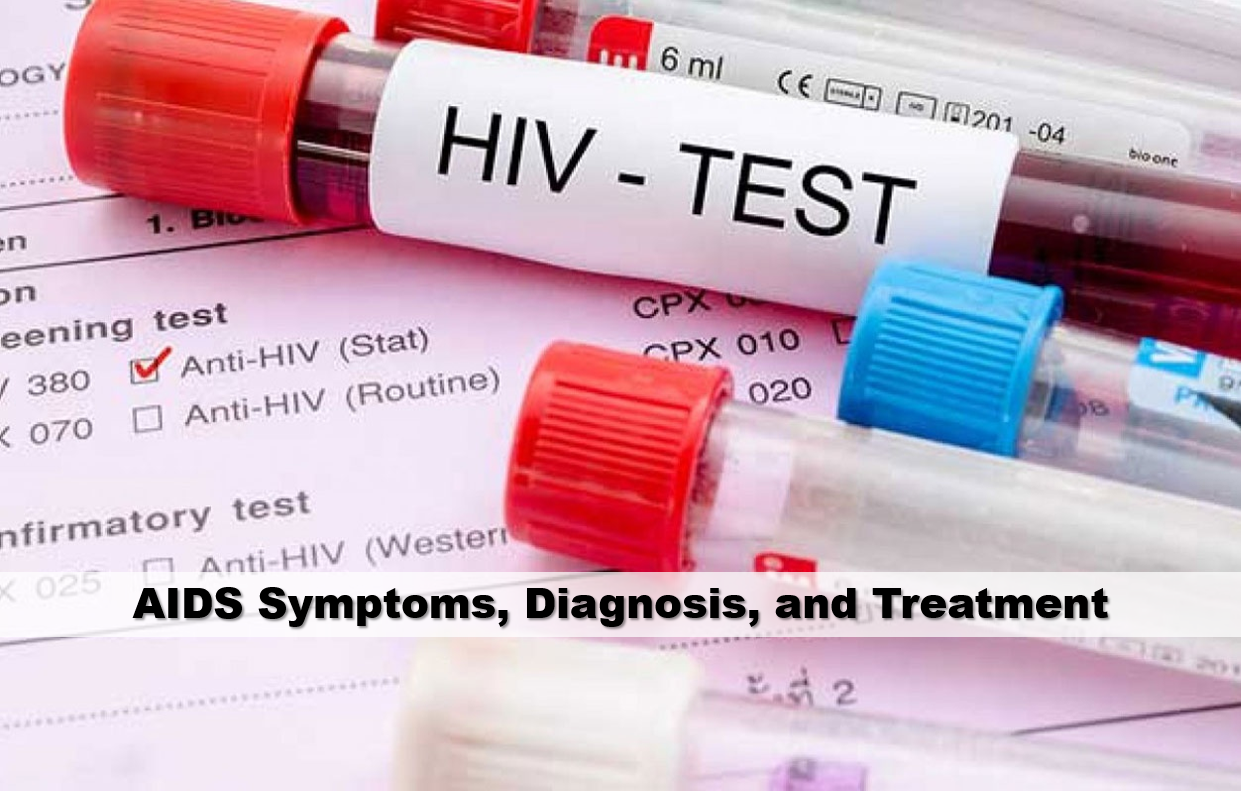What is Syphilis?

What is Syphilis? Syphilis is one of the infectious diseases that may cause problems if the treatment is not performed. Syphilis, a source of bacteria, is transmitted through sexual intercourse. There is a high probability of transmission from mother to baby during pregnancy. Since syphilis symptoms can be seen in other sexually transmitted diseases, syphilis (syphilis) test should be done to diagnose it. Symptoms of syphilis appear in stages after the bacterium enters the body, and different signs and symptoms are seen in each stage. We will explain syphilis, syphilis symptoms, and stages in the following text.
What Is Syphilis?
Syphilis is a sexually transmitted chronic infection caused by a variety of bacteria. It is seen in an average of 2.5 per hundred thousand people. It has been known since ancient times and can be effective in many parts of the body. Syphilis that passes from a pregnant woman to an unborn baby can lead to stillbirth. Syphilis is more common in developing countries but is widespread all over the world. Unprotected sexual intercourse and multiple sexual partners increase the risk of illness.
Syphilis Symptoms / Stages
Syphilis is called chancre in the medical literature. Symptoms of syphilis appear in stages after it enters the body. It is an infection that can last for years, if not treated immediately. There are several stages of syphilis. These are primary, secondary, latent, and tertiary stages.
- Primary Syphilis: It is the first stage of syphilis. In the first stage, a small, painless, oval and red sore in or around the genitals, anus, and mount. It also can be more than one. Complaints begin on average 21 days between 10-90 days after sexual contact with the infected person. Bacteria spread to the body through blood. In this process, if syphilis is not treated, it passes to the second stage.
- Secondary Syphilis: It is the second stage of syphilis. It begins 6-8 weeks after infection. It is the critical period of the disease because it spreads throughout the body if not treated. After about 3-5 months, the patient experience fatigue, headache, joint pain, and pruritus without rash in some parts of the body, hands, and feet. Loss of appetite and weight are the other symptoms that the patient will experience. This period of the disease lasts long.
- Latent: It is the third stage of syphilis. Although there are no signs of the disease, tests show that the disease is positive and is contagious. This period is divided into early and late latent periods. This period can last up to 5-10 years since this bacterium that affects many organs is still in the body. The separation of the early and late latent period is important for the infectiousness and treatment of the disease.
- Tertiary: It is the last stage of syphilis. In this stage, syphilis occurs and is not contagious at this point. However, the infection has started to affect and slowly damage your organs. Bacteria begin to multiply in the bones, nerve tissues, skin, liver, heart, and arteries. It leads to very serious illnesses that can even result in death.
Syphilis Diagnosis and Treatment
Blood tests are sufficient for syphilis diagnosis. A fluid sample from a syphilis sore can also be tested. Proper antibiotic use is essential in treatment, but treatment cannot reverse the damage caused by infection. Having syphilis does not provide protection against this disease. Even if successful and correct treatment is applied, it may be re-infected in the future.
Why should we apply sunscreen?
What is Butterfly Disease, What are the Symptoms?
How to Prevent Syphilis
There is no vaccine for the disease. The most important element in the prevention of sexually transmitted diseases is to avoid unprotected sexual intercourse. Monogamy is also recommended. You can also use condoms in sexual intercourse. When symptoms such as wounds, discharge, or itching are observed in the genital part, you should consult your doctor and avoid sexual intercourse.





